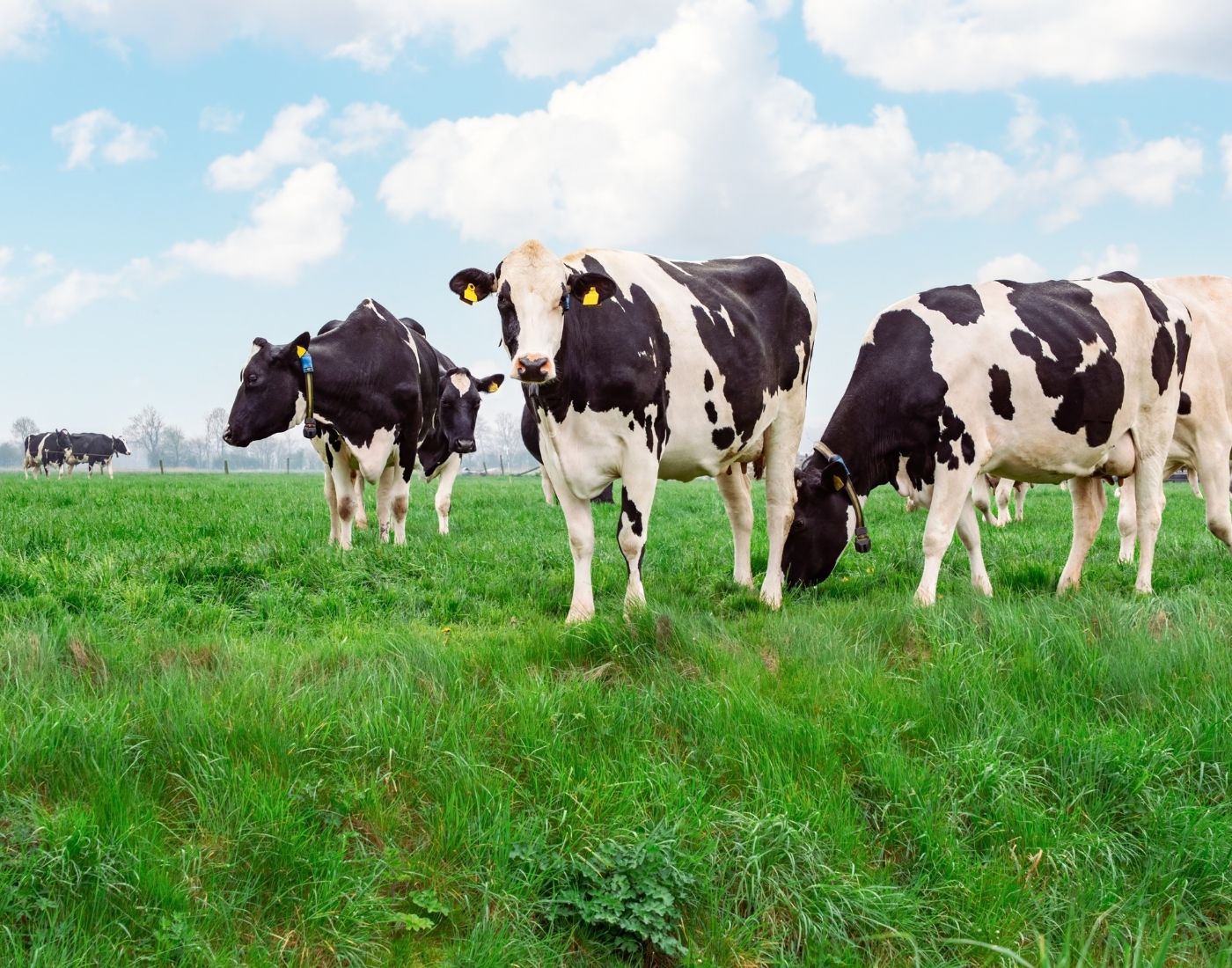In Scotland, it is an offence to place on the market raw milk or raw cream intended for direct human consumption and this includes distribution and online sales. The ban includes any species farmed for its milk. Raw drinking milk and cream may contain harmful bacteria that can cause food poisoning. The consumption of raw milk has been historically recognised as a potential risk to public health due to its association with outbreaks involving Salmonella, Campylobacter, Listeria monocytogenes and E.coli O157 infection, with some cases resulting in hospitalisation and death.
To mitigate this risk mandatory pasteurisation of raw cows’ drinking milk was introduced in Scotland in 1983; a measure which was endorsed by the 2001 E.coli Task Force Report, which was commissioned following a major E.coli O157 outbreak that occurred in Wishaw in 1996. This report highlighted that mandatory pasteurisation was a positive step in protecting consumers and the wider community from the risks of E.coli O157, due to the potential for this pathogen to be transmitted both through the food chain and via person-to-person contact. In Scotland, mandatory pasteurisation was extended to drinking milk from all farmed animals in 2006.
FSS considers that the policy for mandatory pasteurisation is consistent with opinions published by the UK Advisory Committee on the Microbiological Safety of Food (ACMSF), which noted in 2005 the importance of pasteurisation as a critical control point in the prevention of milk borne disease. In a later report, ACMSF also highlighted that an increase in the number of outbreaks of human illness associated with unpasteurised milk between 2015-2018, had occurred alongside a rise in the volume of production and consumption of raw drinking milk in England and Wales during the same period.
The risks associated with raw milk have also been reviewed by the European Food Safety Authority’s (EFSA) Panel on Biological Hazards. EFSA’s scientific opinion on public health risks associated with raw milk in the EU concluded that raw milk can be a source of harmful bacteria including Campylobacter, Salmonella, Shiga toxin-producing Escherichia coli (STEC), E.coli O157 and Listeria monocytogenes, in addition to a number of further hazards, which are not currently considered to be a significant risk in Scotland or the UK.
In line with our risk analysis responsibilities, FSS reviews the latest evidence and expert scientific opinion on the risks associated with raw drinking milk and cream on a regular basis. To date, the weight of scientific opinion continues to favour mandatory pasteurisation as an effective public health measure, with insufficient evidence to support a lifting of the ban on direct sales of raw drinking milk in Scotland.

